精品推荐—徐悲鸿奔马(T28)镀金邮票珍藏
徐悲鸿是我国十分著名的画家之一,他的巨作有着特别高的艺术性和欣赏性,最有代表性的作品就是奔马画作,为了让更多的人欣赏到徐悲鸿大师的作品,为了给2014马年带来了一个好的吉祥年,国家邮政部门特别发行了一套奔马邮票,这套邮票一共有十枚邮票组成,而这十枚邮票的图案全部是采用了,徐悲鸿大师在生前最具有特色的奔马画,而且这十幅奔马图见证了中国从抗日到中国解放,又看着我们的新中国成立,经历了民族的复兴与崛起。
中文名称:奔马(T28)镀金邮票珍藏
英文名称:Golden Horse (T28) Gold-plated Stamp Collection
规格:一册
类别:杂项
品相:美品。

奔马图邮票的这次发行,也十分有特点,这是第一次使用了价值过亿元的著名大师大作为图案,把大师的作品显现在邮票上,不仅是2014年的贺岁邮票,也是这一年的压轴邮票。这种题材的邮票设计,给人带来了一种视感和精神上的享受,让大家在收藏邮票的同时,又可以欣赏到大师的巨作,得到了很多集邮和书画爱好者的认可。
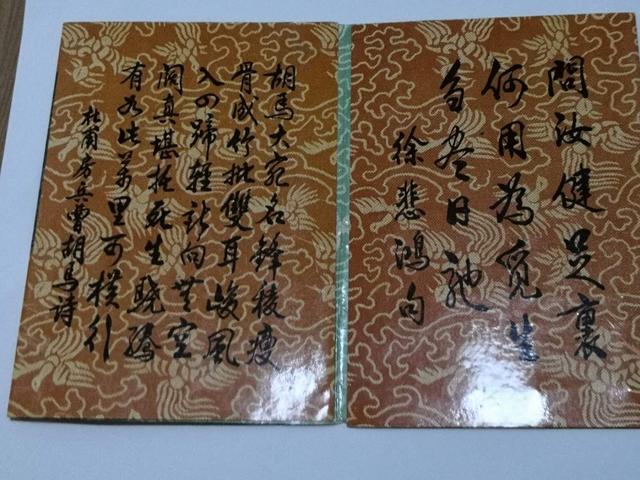

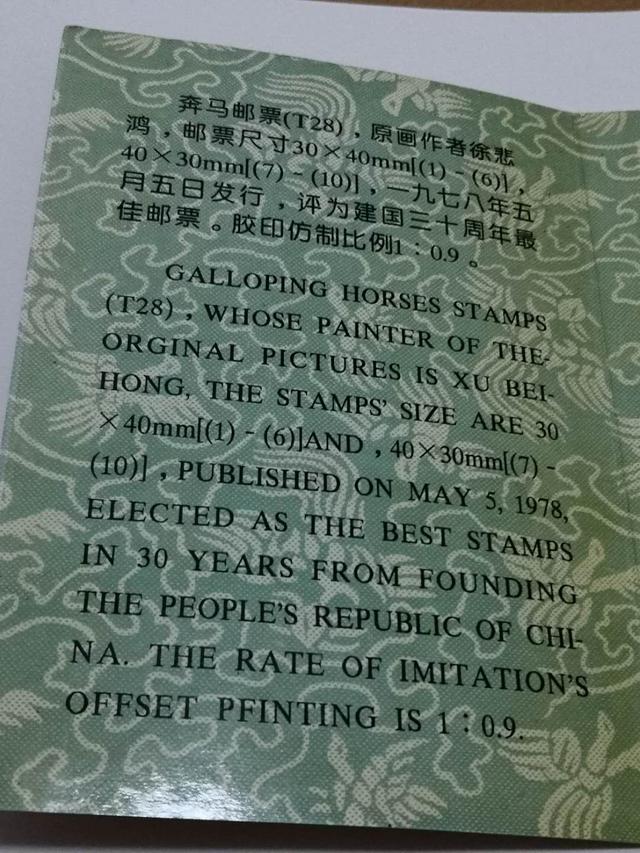
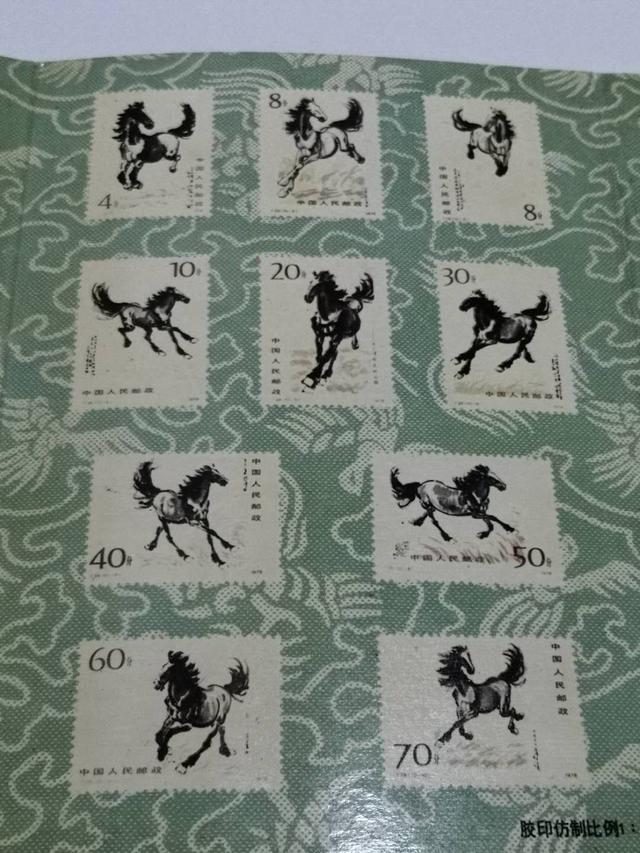
1、1951年创作
图案中画的是一匹四蹄腾空急速向前飞奔的骏马。此画是1951年在北京辟处东城的徐悲鸿居处创作的。据徐悲鸿夫人廖静文回忆,当时“窗前绿树成荫,悲鸿在欢快地挥动墨汁淋漓的画笔。和往常一样,只消十几分钟,一匹栩栩如生的骏马便跃然纸上。画中的奔马面颊俊秀,神气轩昂,筋骨强健,兴致勃发,跳跃腾骧,象征着朝向新中国向着光辉美好的前程奔跑;画上的题词也不再题写表现压抑和渴求光明的词句,而是写下了‘山河百战归民主,铲尽崎岖大道平。”新中国的建立使徐悲鸿的情感如解冻的春潮,一泻千里,尽情抒发了对新中国的赞美。(《人民有情——忆悲鸿画马》)
2、1945年创作原画面上题字为“敷孟吾兄教之,卅四年岁阑悲鸿。”点明了作画的时间和目的。
3、1948年6月创作画上题字曰“卅七年六月悲鸿想象汉时盛世天马涞从西极陟流沙九夷服。”表达了徐悲鸿当时迎接全中国解放的兴奋心情。
4、1942年创做图案中画的是一匹向右侧身的奔跑马,画面题诗曰“水草寻常行处有,相期效死得长征”, 此画作于抗日战争最艰苦困难的1942年,画家借马抒怀,把自己强烈的爱国主义情怀,倾注于他所画的马上,表达了画家强烈的抗日愿望,显示了中华民族不畏强暴、不怕牺牲的崇高精神。
5、1941年创作于马来西亚的槟榔屿当时正是抗日战争期间,徐悲鸿为了救济在战火中失去家园而流离失所的祖国的难民,只身远赴南洋,在马来西亚的吉隆坡、槟榔屿、怡保3市四次举办画展,将卖画所得巨额收入全部捐献给祖国救灾,画面题字曰“辛巳八月悲鸿时客槟城。”(原画题词“辛巳八月十日第二次长沙会战忧心如焚,或者仍是前次之结果,也企予望之悲鸿时客槟城”)表现了徐悲鸿身居异乡,为祖国抗战事业赤忱的拳拳爱国之心。
6、1944年创作这幅画是在四川重庆嘉陵江北岸磐溪一间简陋的木板房里画的。那时徐悲鸿在中央大学教课,同时在磐溪筹备中国美术学院。虽然他当时的画价已很高,但卖画的收入,多用来帮助贫寒的学生、教师和贫病的文化界人士,自己过着艰苦的生活。画面右下角题字“问汝健足裹何用,为觅生刍尽日驰”意为:你为什么要把健壮的脚包裹束缚起来呢?还是为寻找旺盛的生命力去尽力奔驰吧!
关于这幅画和这两句诗还有一段故事:一九三一年,任中央大学艺术系教授的徐悲鸿带着学生到庐山写生,归来途经南昌,当地的报纸报道了徐悲鸿的行踪,许多人慕名而来,多数是向徐悲鸿请教的青年美术爱好者;画家傅抱石正失业在家,处境非常困窘。他得知徐悲鸿来到南昌,忙带上自己的作品到旅馆去拜访。徐悲鸿认真看了他的绘画,脸上露出了惊异而喜悦的笑容。从傅抱石一幅幅作品和谈吐中,徐悲鸿敏锐地觉察出这个青年不但刻苦努力,而且很有艺术才华。为了更全面地了解傅抱石,徐悲鸿亲自到他家中拜访。把傅抱石的全部作品细细品评了一遍。他觉得这是一块埋没在沙砾中的金子,应当发掘出来。于是,徐悲鸿克制住对权贵豪门的反感,向江西省主席提出建议,傅抱石是江西难得的美术人才,如好好培养可以对中国美术事业做出不平凡的贡献,应当让他去留学扩大眼界。听了徐悲鸿的意见省主席不置可否,却婉转地向徐悲鸿提出能否送一幅奔马图。徐悲鸿托人送去了这幅题有上述诗句的奔马图,并附信再次请求这位主席帮助傅抱石。由于徐悲鸿的极力推荐和帮助,傅抱石被选送留学深造。后傅抱石最终成为中国著名的山水画大师。一九四五年九月十七日,徐悲鸿五十寿辰,傅抱石精心绘制了一幅《仰高山图》,以表达对恩师的崇敬之情。
7、1942年夏天创作画上题字为“壬午夏悲鸿”。
8、1939年5月在新加坡创作画面上题字为“自新先生雅教。骋容与兮,距万里兮;安匹兮,龙为友。廿八年五月。星洲客中遣怀悲鸿”,交代了绘画的时间、地点和目的,又表达了画家高远的志向和美好的情怀。
9、1939年10月创作,画上的题字为“己卯十月悲鸿”。
10、1944年冬天在四川重庆创作,画上的题字为“卅七年冬至悲鸿客重庆.”
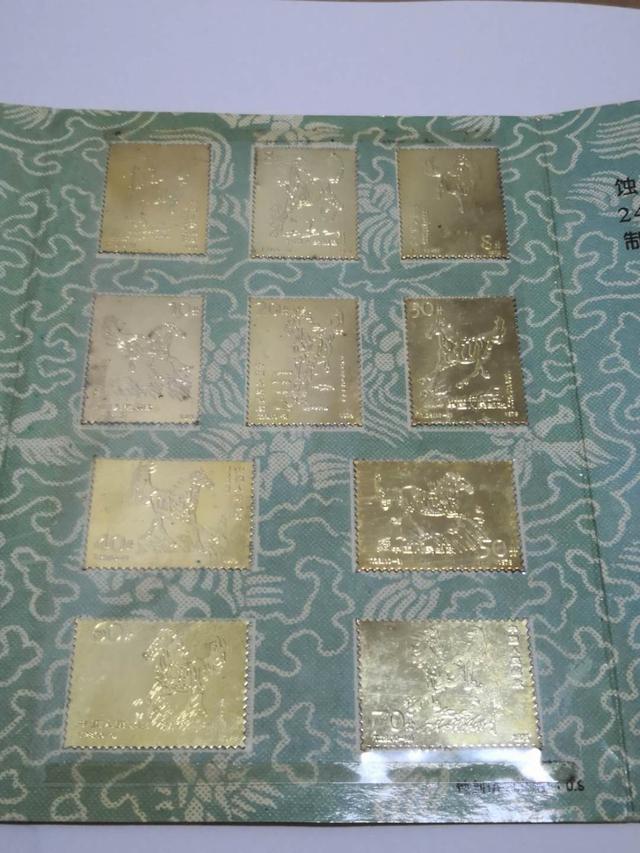
金版奔马图,金碧辉煌,艺术巅峰。
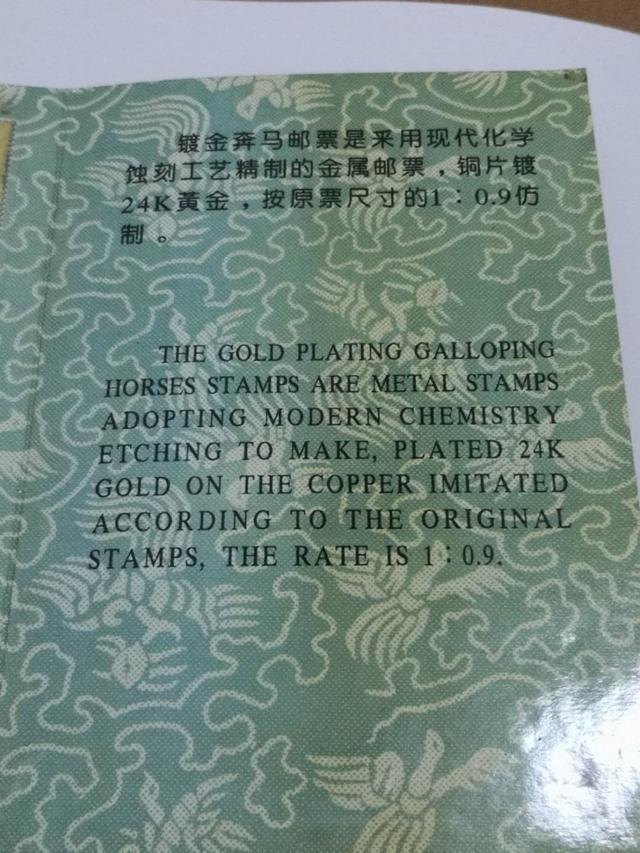
徐悲鸿被尊称为中国现代美术教育的奠基者,他主张发展“传统中国画”的改良,立足中国现代写实主义美术,提出了近代国画之颓废背景下的《中国画改良论》。
1953年9月26日,徐悲鸿因脑溢血病逝,享年58岁。按照徐悲鸿的遗愿,夫人廖静文女士将他的作品1200余件,他一生节衣缩食收藏的唐、宋、元、明、清及近代著名书画家的作品1200余件,图书、画册、碑帖等1万余件, 全部捐献给国家。
收藏讲究藏‘绝’徐悲鸿作为美术界的奠基人,后代美术的发展深受其影响,说的画马,家中挂的八骏图,马到成功,都是徐悲鸿的作品被仿制挂与家中鉴赏,而这一本奔马邮票把我国最顶级的艺术传承下来,具有极高的收藏价值。
英文翻译:Xu beihong is one of China famous painter, his work has a particularly high artistry and appreciation sex, is the most representative works benma painting, in order to let more people enjoy the works of xu beihong masters, in order to bring to 2014 year of the horse a good auspicious year, the national postal department issued a special set of benma stamps, the stamps of a total of ten stamps, and that the patterns of the ten stamps are all adopted, master xu beihong in most distinctive benma painting, and the ten of the galloping horse witnessed China's liberation from the anti-japanese to China, and watch us since the founding of new China, has experienced the rise of national revival and.
Chinese name: Galloping Horse (T28) Gold-plated Stamp Collection
Golden Horse (T28) Gold-plated Stamp Collection
Specification: one volume
Category: Miscellaneous
Appearance: Beautiful.
This is the first time that a famous master with a value of over 100 million yuan has been used as a pattern to show his works on the stamps. It is not only the New Year stamps of 2014, but also the grand finale stamps of the year. This theme of stamp design, to bring a sense of visual and spiritual enjoyment, so that everyone in the collection of stamps at the same time, you can enjoy the master's masterpiece, has been a lot of stamp collecting and painting and calligraphy lovers recognized.
1. In 1951
The design depicts a galloping horse with four feet in the air. It was painted in 1951 at Xu Beihong's residence in Dongcheng, the capital of Beijing. According to Liao Jingwen, Xu's wife, "At that time, the window was shaded by trees and He was waving his ink brush happily. As usual, only ten minutes, a lively horse will appear on the paper. The galloping horses on the drawing have handsome cheeks, elegant air, strong muscles and bones, eager to leap and leap, which is a symbol of running toward the glorious and beautiful future of New China; Instead of writing words of repression and longing for light, the inscription on the painting reads, 'Every battle will be won by democracy, and every bumpy road will be swept flat.' The establishment of new China so that Xu Beihong's feelings like thawed spring tide, a thousand li, to express the praise of new China. (" The People's Feeling -- Recalling The Weihong Painting Horse ")
2. In 1945, the inscription on the original painting was "Taught by my brother Meng, I was 34 years old and depressed." The time and purpose of the painting are indicated.
3. In June 1948, the painting was inscribed with the words "In June of the 37th year, Weihong imagined the prosperous Tianmalai of the Han Dynasty and the quicksand Jiuyi of the West Korean group". Expressed xu Beihong at that time to welcome the liberation of the whole of China excited mood.
Creative design in picture 4, 1942 is a running to the right side of the body of the horse, the picture a sense yue "water lines have," die long march ", the painting in the Anti-Japanese War is the most difficult difficult in 1942, artists from the horse, his strong patriotic feelings, focused on immediately, he painted expressed a desire to painter strong resistance against Japan, shows the intrepidity, fear no sacrifice lofty spirit of the Chinese nation.
5, 1941 in Malaysia's penang was the Anti-Japanese War period, xu beihong lost their homes and to relief the motherland of refugees, displaced by alone in nanyang, in Kuala Lumpur in Malaysia, penang, and ipoh city exhibition held four times, will the sale income revenue all donated to the motherland of disaster relief, picture inscription yue "xin have August when sad hon penang." (The inscription of the original painting, "The second battle of Changsha on August 10 th was the result of the previous battle, but it was also the result of the previous battle.") shows Xu beihong's patriotic spirit of living in a foreign land and fighting for the cause of the war of resistance against Japan.
6. The painting was painted in 1944 in a simple wooden house in Panxi, on the northern bank of the Jialing River in Chongqing, Sichuan Province. At that time xu was teaching at Central University and preparing for the China Academy of Art in Panxi. Although the price of his paintings was very high at that time, the income from selling his paintings was mostly used to help poor students, teachers and the poor and sick cultural personages, and he led a hard life. The inscription in the lower right corner of the picture reads, "Why do you wrap your strong feet, so that you can spend your days on your cud?" Which means: Why do you wrap and bind your strong feet? Or for the search for vitality to try to run!
In 1931, Xu Beihong, a professor in the Art department of Central University, took his students to Lushan to paint sketches. When they returned, they passed through Nanchang. Local newspapers reported Xu's whereabouts. The painter Fu Baoshi was out of work at home and in a very difficult situation. He learned that Xu Beihong had come to Nanchang and hurried to the hotel with his works. Xu beihong looked at his painting carefully and smiled with surprise and joy on his face. From fu Baoshi's works and speeches, Xu Beihong keenly observed that the young man was not only hardworking, but also had great artistic talent. In order to understand Fu Baoshi more fully, Xu Beihong visited him at home in person. I went over the whole works of Fu Baoshi. He felt that it was a lump of gold buried in sand and should be discovered. Therefore, Xu Beihong restrained his aversion to the powerful and powerful families and proposed to the chairman of Jiangxi Province that Fu Baoshi was a rare art talent in Jiangxi province. If fu could make extraordinary contributions to the cause of Chinese art well, he should be allowed to study abroad to broaden his horizon. After listening to Xu Beihong's opinion, the provincial President did not say yes or no, but politely asked Xu Beihong whether he could send a racing horse map. Mr Xu sent a copy of the galloping horse drawing, with the poem's title, along with a letter asking the chairman again to help Mr Fu. Because of Xu beihong's strong recommendation and help, Fu Baoshi was selected to study abroad. Fu eventually became one of China's most famous landscape painters. On September 17, 1945, on Xu Beihong's fiftieth birthday, Fu Baoshi drew a picture of Yang Gao Shan to express his reverence for his teacher.
7, in the summer of 1942 painting on the inscription for "renwu Xia Beihong".
8. In May 1939, he inscribed "Mr. Zixin Yajiao" on the painting of his creation in Singapore. Cheng and Xi, far from ten thousand miles; Xi PIP, dragon is friend. May of '28. The artist expresses the time, place and purpose of the painting as well as the lofty ambition and good feelings of the painter.
9. Created in October 1939, the inscription on the painting is "Ji-mao October Bei Hong".
10. He created the painting in Chongqing, Sichuan Province in the winter of 1944. The inscription on the painting is "Chongqing in the winter Solstice of the 37th year".
Xu Beihong, respected as the founder of modern Art education in China, advocated the development of "traditional Chinese painting" improvement, based on Chinese modern realist art, proposed the Theory of Chinese Painting improvement in the context of the decadence of modern Chinese painting.
Xu died of cerebral hemorrhage on September 26, 1953 at the age of 58. According to Xu beihong's last wish, His wife Liao Jingwen donated more than 1200 pieces of his works, more than 1200 pieces of his works of famous painters and calligraphers of tang, Song, Yuan, Ming, Qing and modern times, and more than 10,000 pieces of books, picture albums and tablet posters to the country.
Collection of exquisite Tibetan "unique" xu beihong as the founder of the fine arts, offspring by its impact on the development of fine arts, painting horses, hang in the home 8 figure, success, are the works of xu beihong was copied to hang with appreciation in the home, and this one benma stamps come down to our country's top art has a very high collection value.


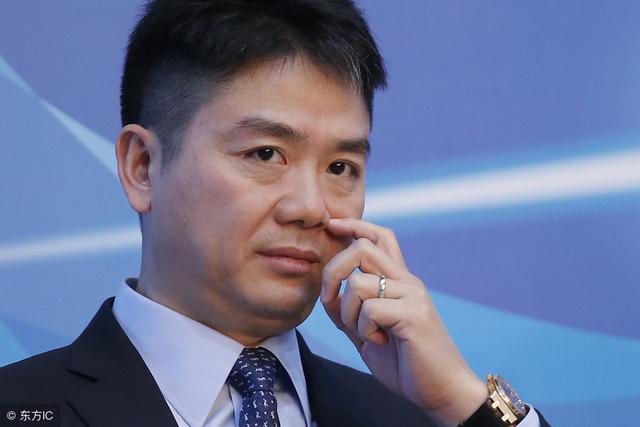


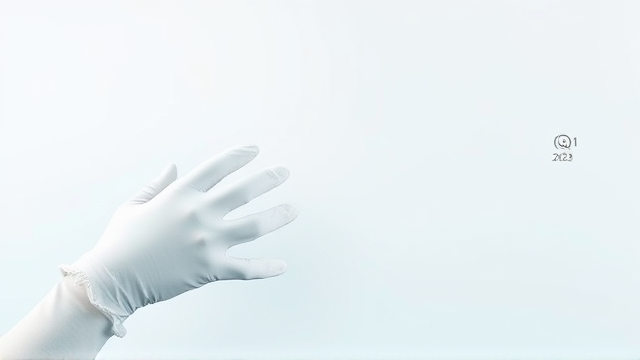


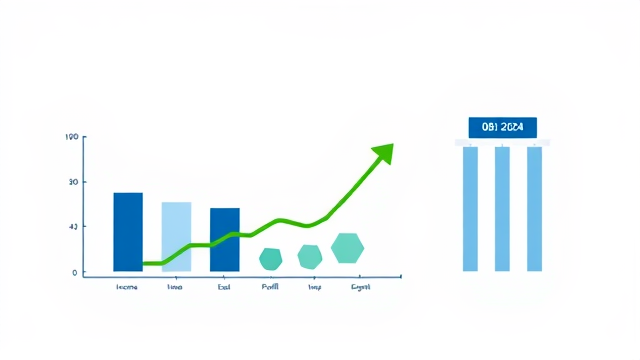






评论